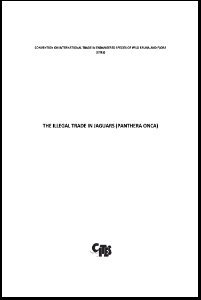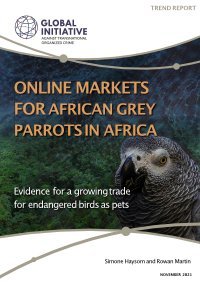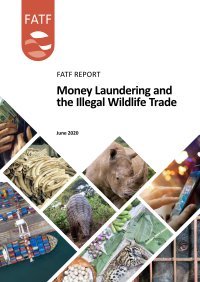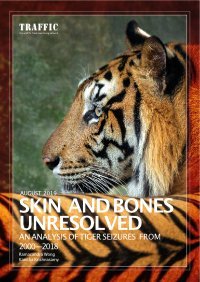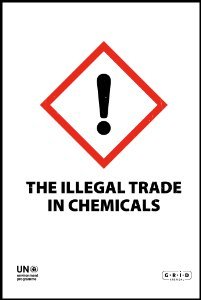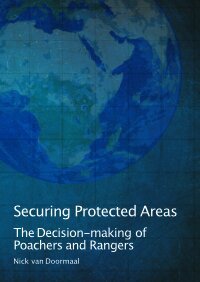By Melissa Arias
In recent years, the illegal trade in jaguars has become a growing concern for the conservation of the species, following academic, media and NGO reports suggesting the emergence of international trafficking to China, and the existence of thriving domestic markets for jaguar body parts across the range. Jaguar hunting, and the use and trade in their body parts have a long history in Latin America, tied to the traditional practices and belief systems of past and current indigenous and mixed-ethnicity societies. Through most of the 19th and 20th centuries, jaguars were hunted at commercial scales for their skins, to supply the fashion industry in Europe and North America. The listing of jaguars under Appendix I of the Convention on International Trade in Endangered Species of Wild Fauna and Flora (CITES) in 1975, which prohibits international commercial trade, along with the establishment of national hunting laws,successfully put an end to commercial-scale international trade in jaguars. Since then, illegal trade became a minor concern amidst a larger set of threats facing the species, including habitat loss, fragmentation and increased conflict with humans over real or perceived livestock depredation. After nearly five decades since their listing under CITES, recent findings suggesting that the demand for jaguar body parts is expanding to other continents, particularly Asia, have raised concerns about the potential impacts of illegal trade on the survival of the species. These concerns have translated into conservation actions at the national and international level, including CITES Decisions 18.251 to18.253 on Jaguars (Panthera onca), adopted at the 18th meeting of the Conference of the Parties to CITES held in Geneva, Switzerland in August 2019. In accordance with Decision 18.251, the CITES Secretariat commissioned this study to: i) map illegal trade in the jaguar throughout its range, including poaching, trade pathways and networks, and main markets that are driving this trade, and how it is connected to other wildlife trafficking activities in the region; ii) analyse the uses of jaguar specimens, both within range states and in international markets, as well as the extent to which illegally-sourced jaguar products are entering international trade; iii) analyse the modus operandi associated with illegal trade in jaguar specimens and possible drivers of this activity; and iv) characterize the overall impact of illegal trade on jaguar populations throughout the species’ range. Jaguars have a wide distribution, from the South-western United States to northern Argentina, covering 8.42 million km² across 19 countries (de la Torre et al., 2017). Despite being a highly charismatic species, their population status is poorly understood and their abundance estimates vary greatly. Jaguars are classified as Near Threatened under the IUCN Red List. However, most jaguar subpopulations with the exception of the Amazon subpopulation (including parts of the Pantanal, Yungas and Chaco biomes), have been assessed as Endangered or Critically Endangered due to their small size, isolation and deficient protection (de la Torre et al., 2017). The threats to jaguars are increasing, with deforestation growing inside and outside protected areas, driven by the expansion of agriculture, cattle ranching, and human infrastructure. These threats have synergistic impacts on jaguars by increasing access of poachers into remote areas, reducing prey abundances, and increasing the risk of human-jaguar conflict. Targeted poaching of jaguars for the illegal commercial trade adds to the pressures that jaguars are already facing, and may affect the survival of sub-populations that are at critical risk of extinction. Understanding the scale, characteristics and impacts of this growing threat to jaguars is essential to design and implement Decision 18.252, in particular paragraphs c) to g) as well as other effective jaguar conservation actions.
Geneva, SWIT: Convention On International Trade In Endangered Species Of Wild Fauna And Flora (CITES) , 2021. 141p.



